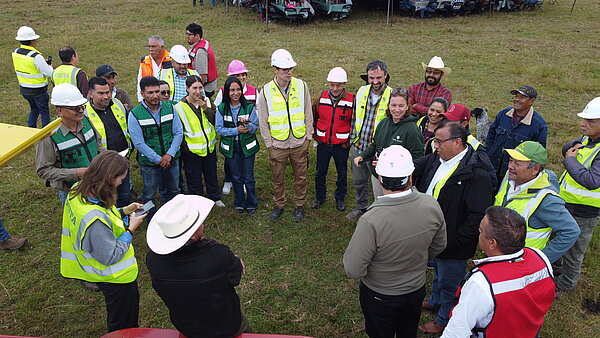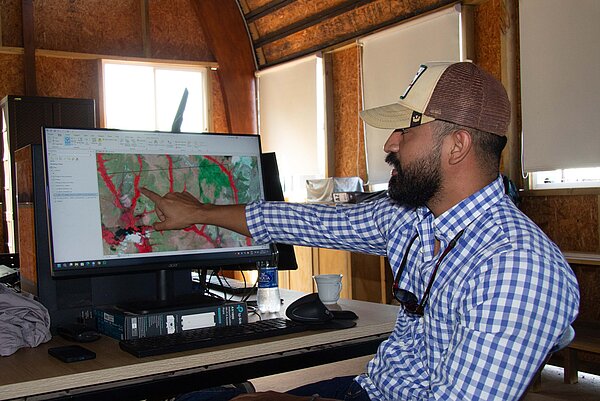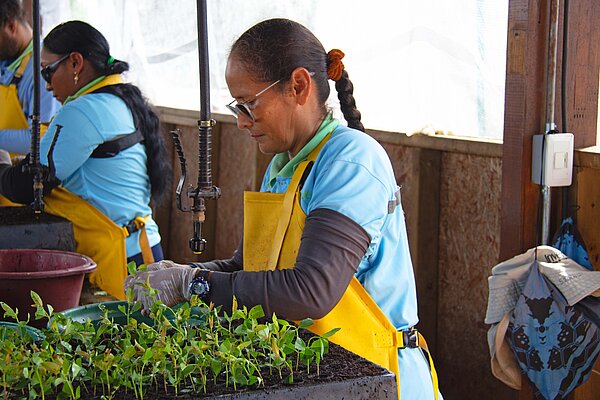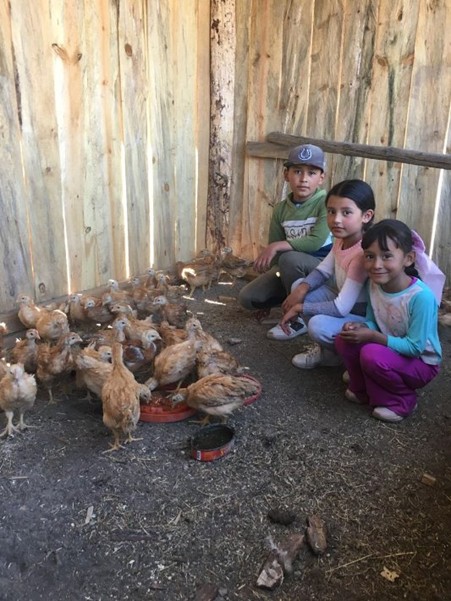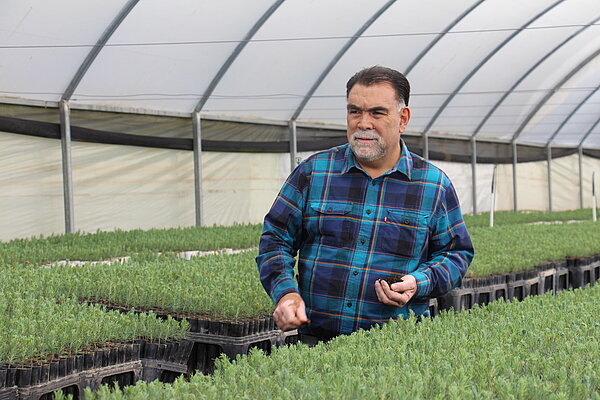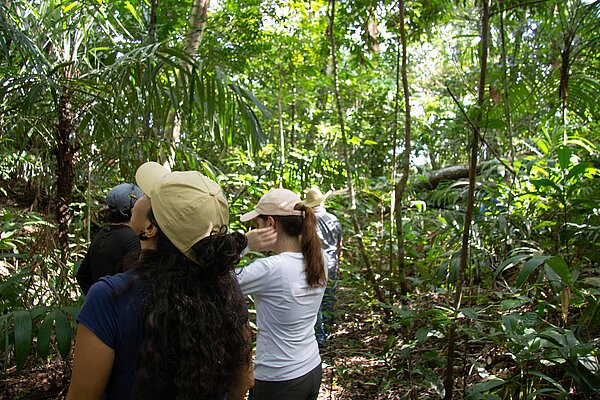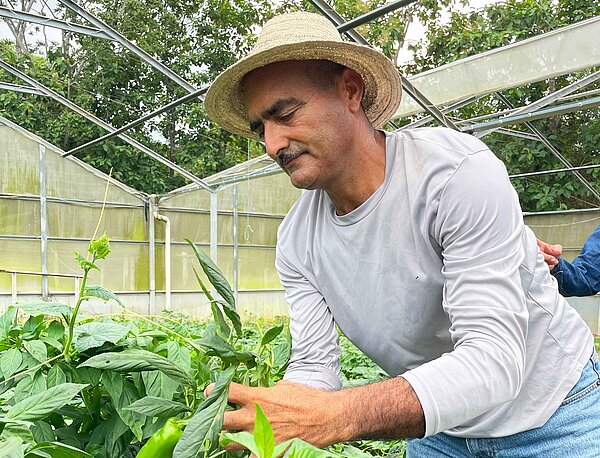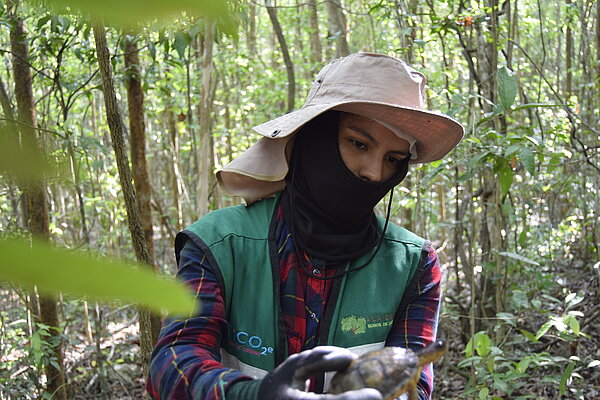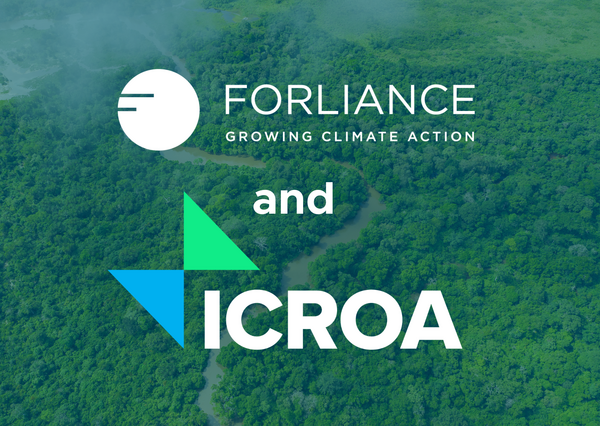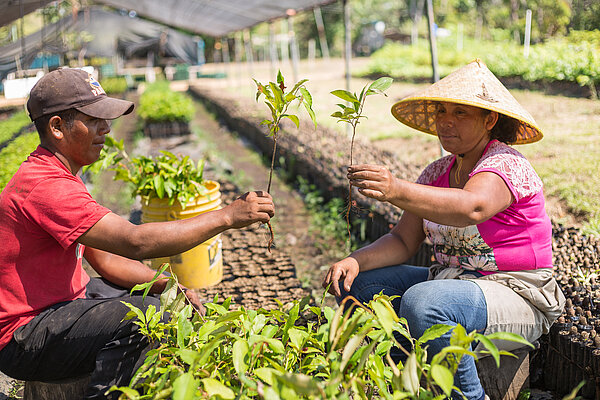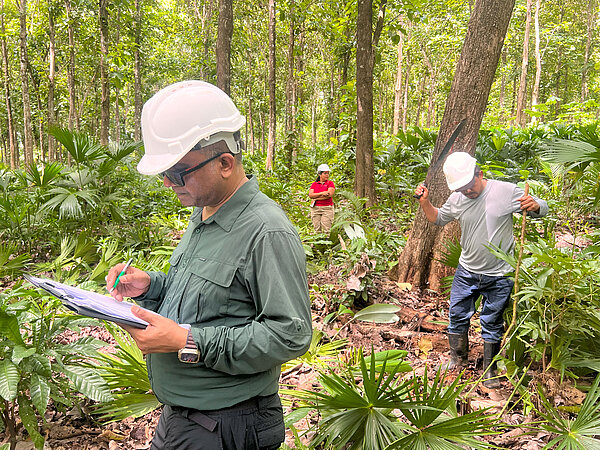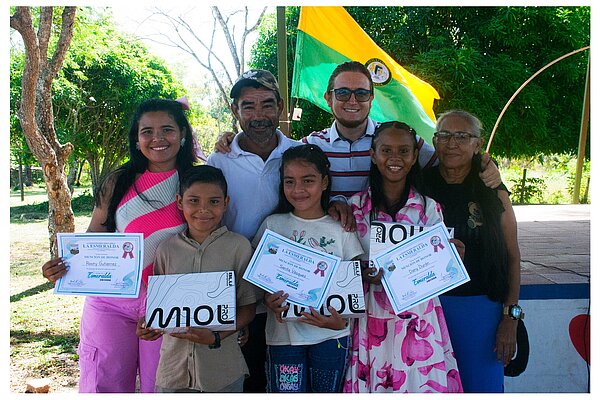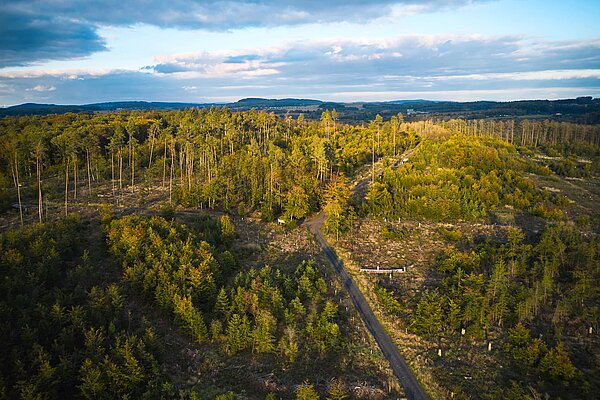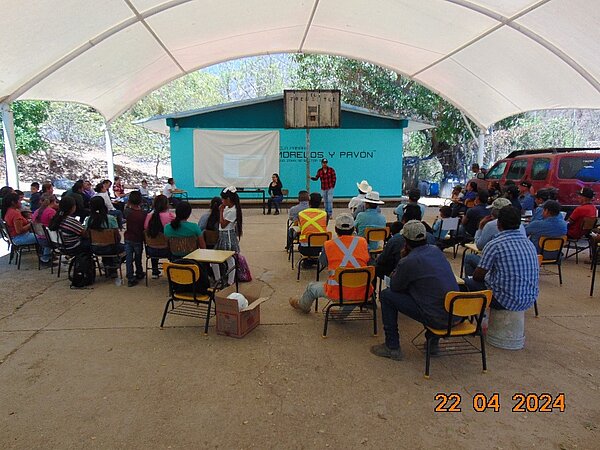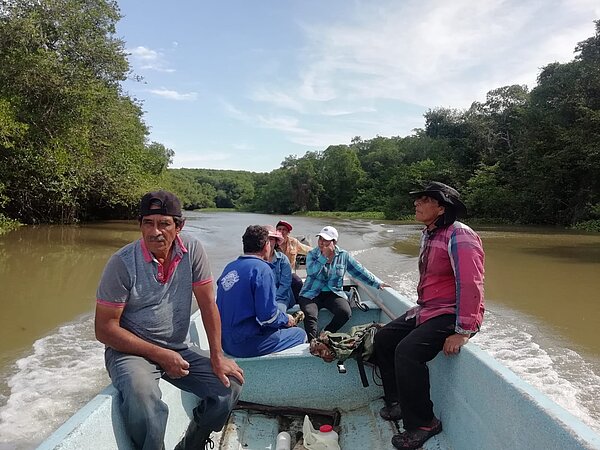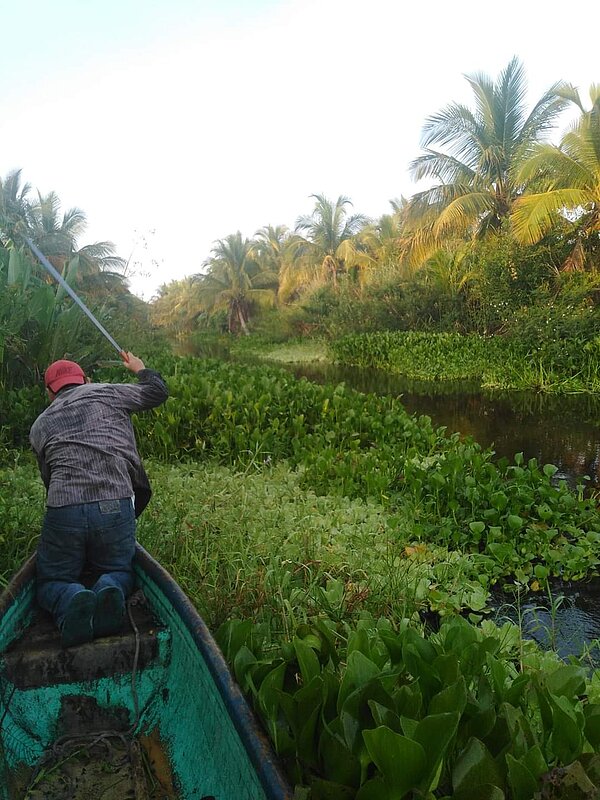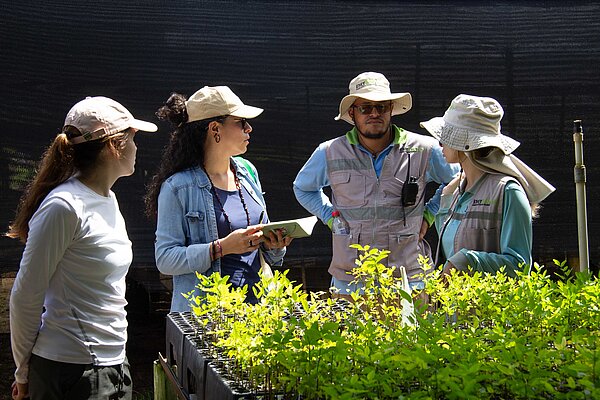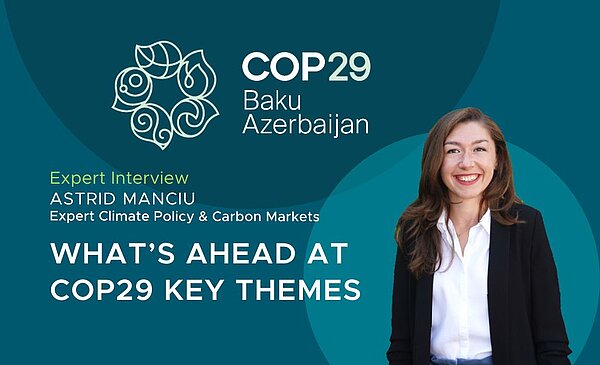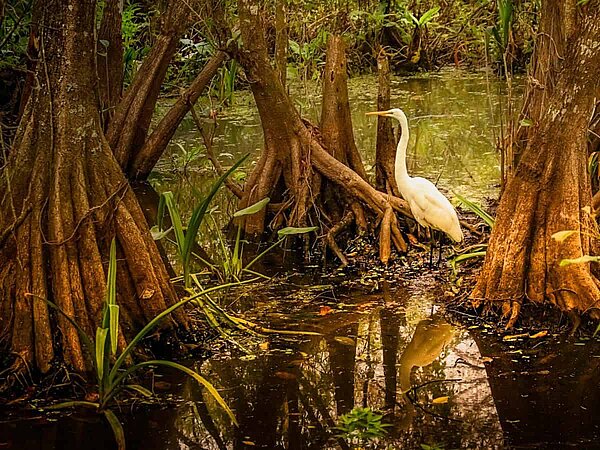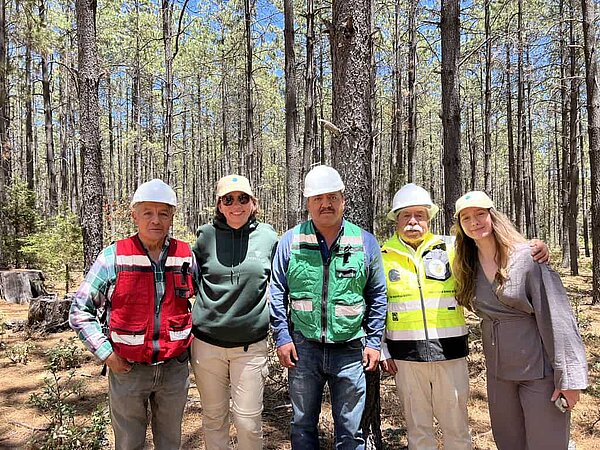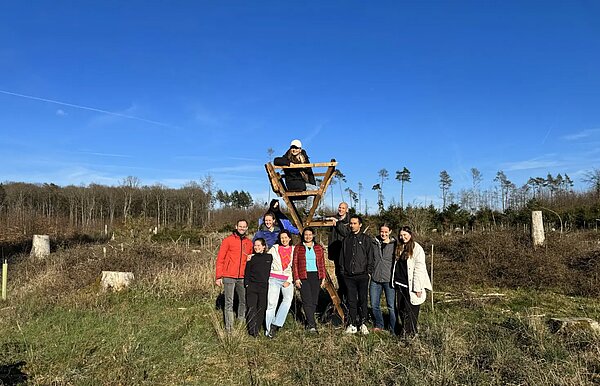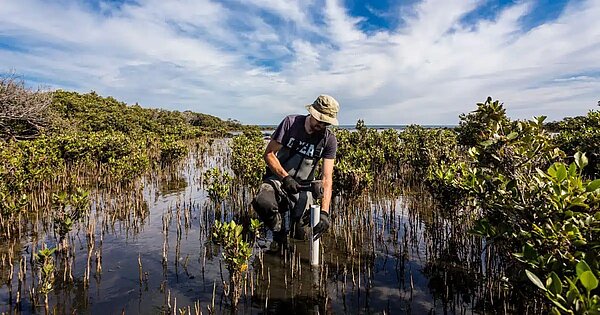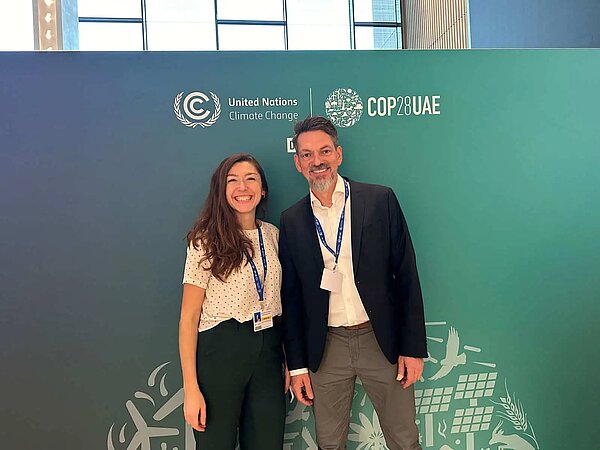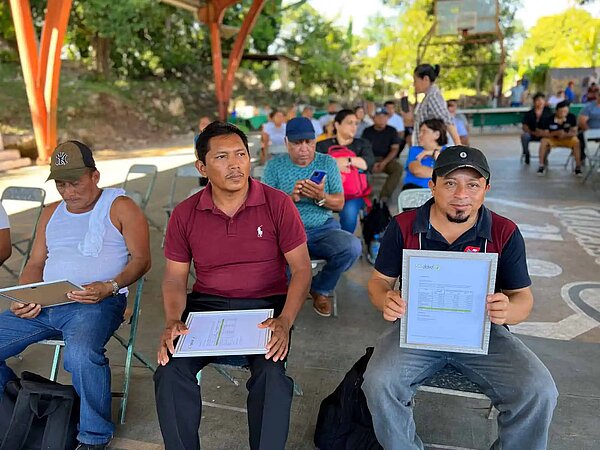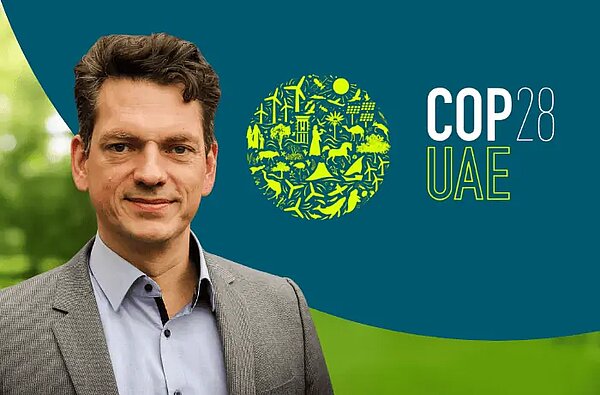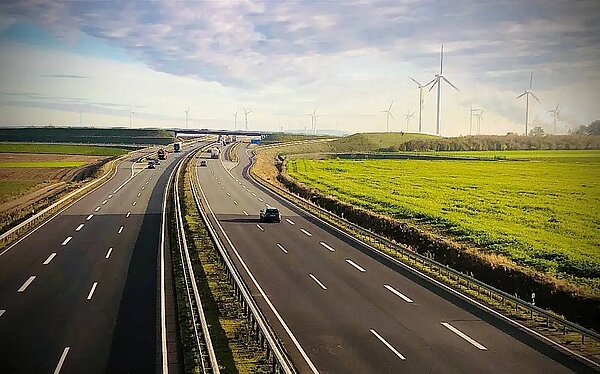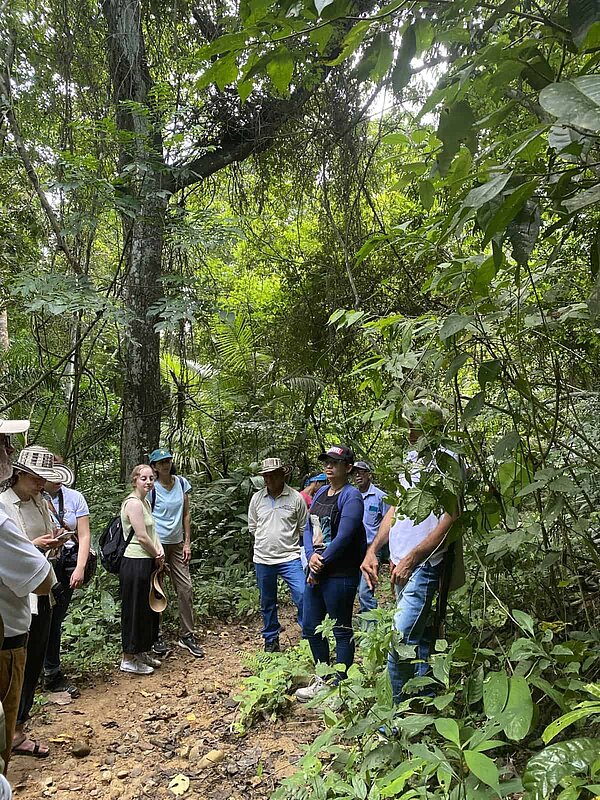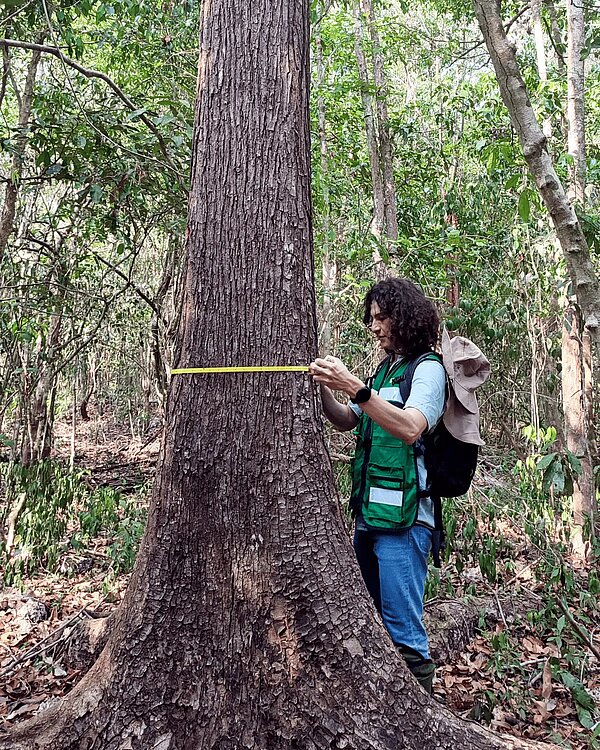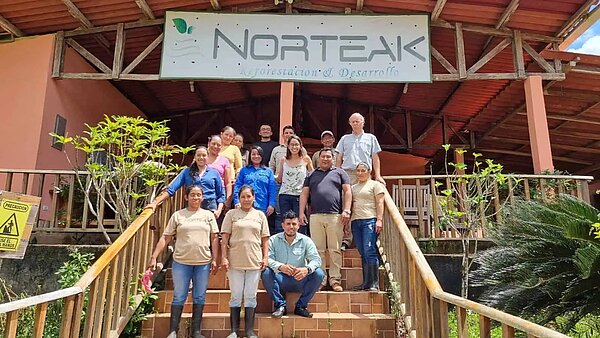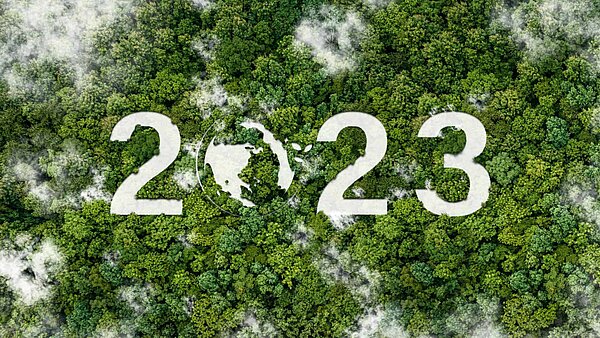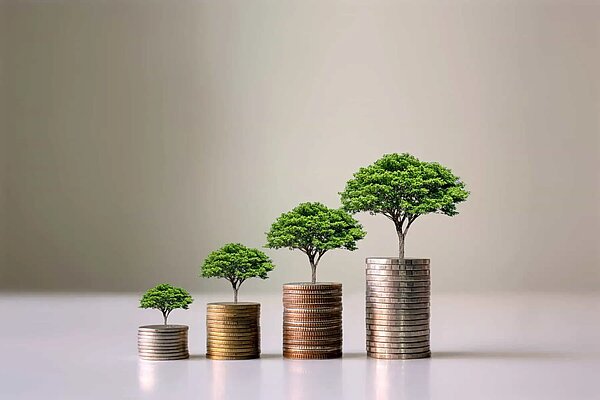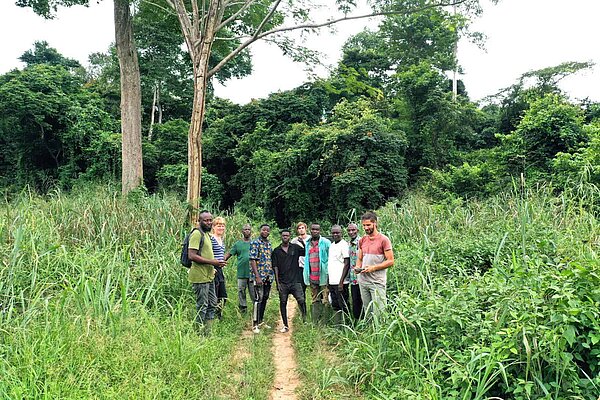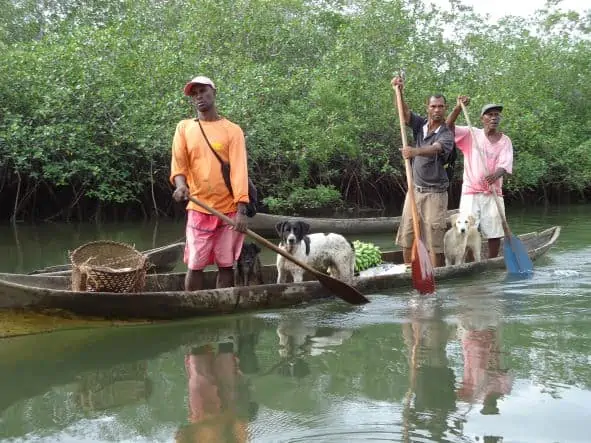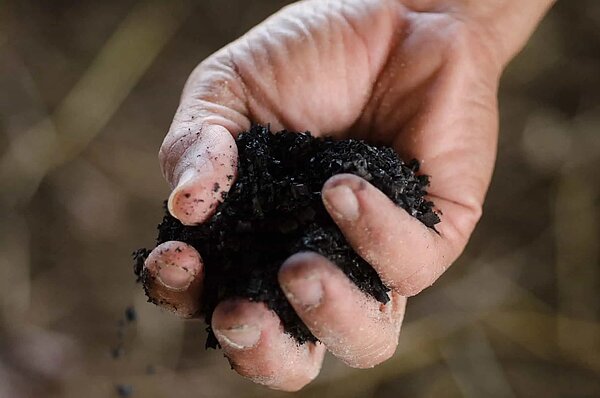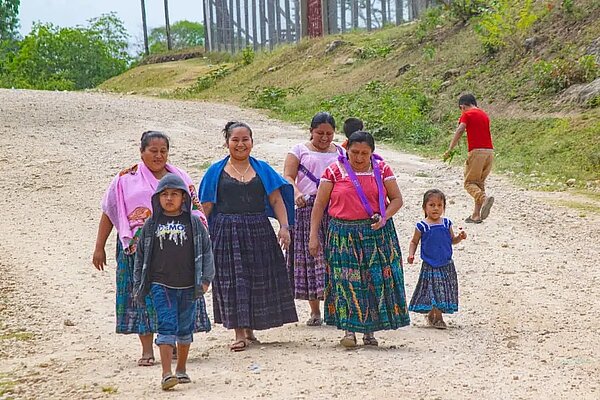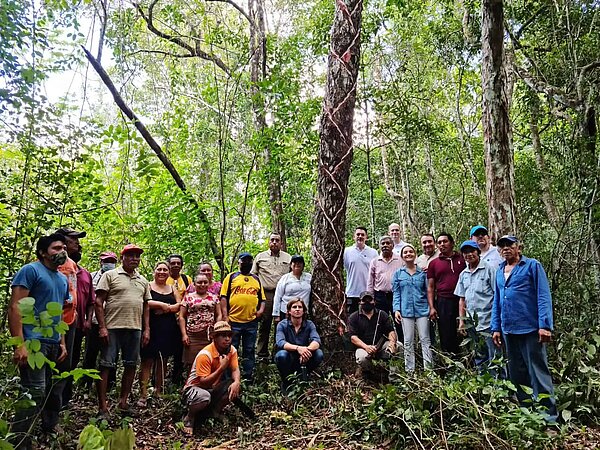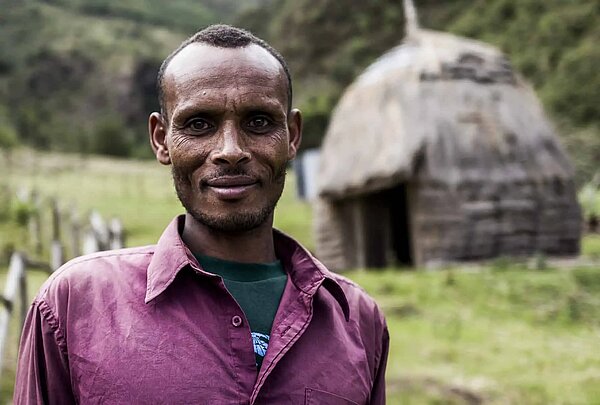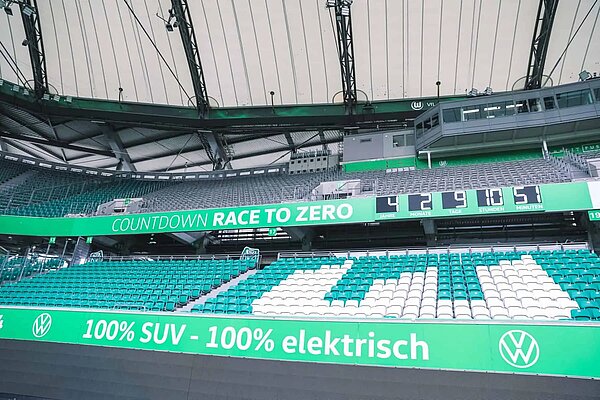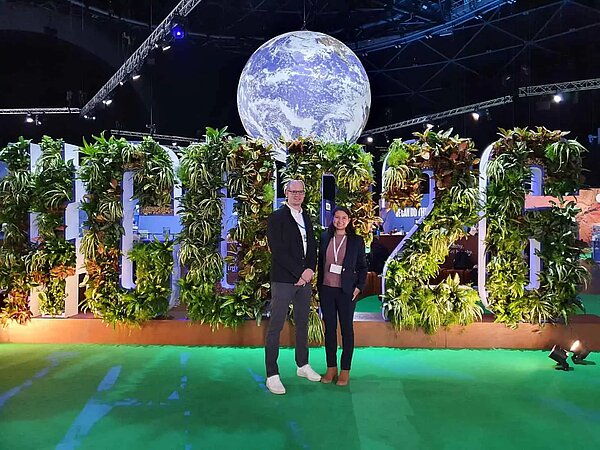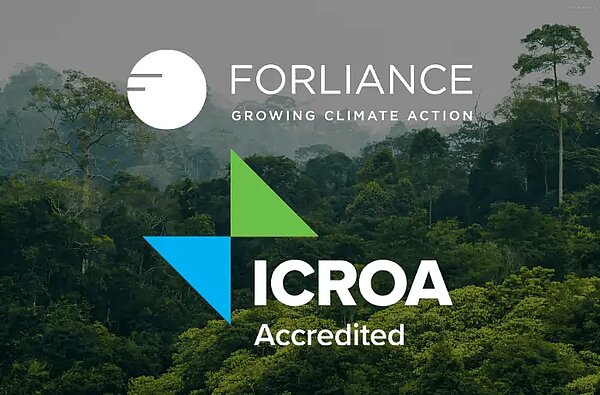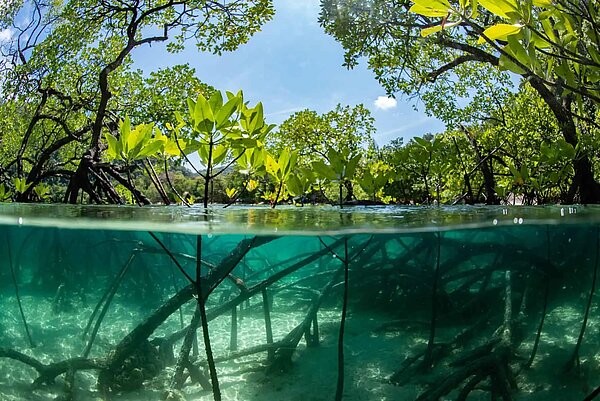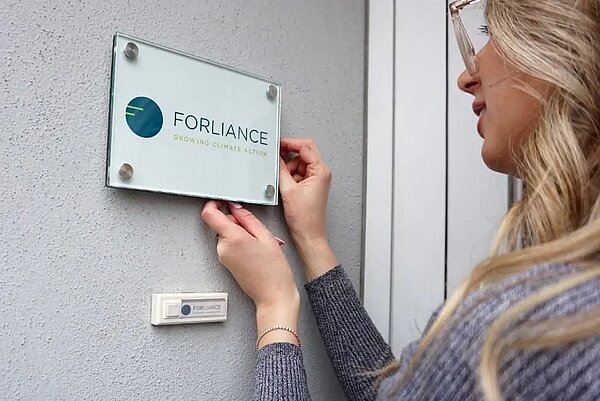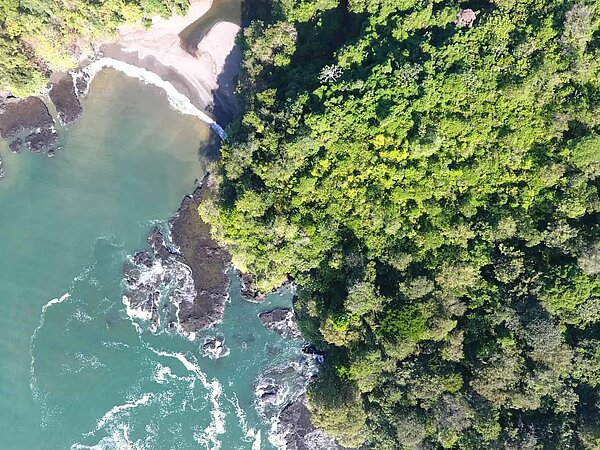Key Insights from the Latest Tropical Mix Impact Report
June 17, 2025
Project Updates
As the Tropical Mix Project reaches its 30-year milestone, a new chapter begins — not with a conclusion, but with confirmation: long-term, high-quality reforestation delivers measurable results that extend well beyond carbon.
Launched in 1995 to restore degraded pasturelands in Panama, Tropical Mix has evolved into one of Latin America's most established and rigorously monitored nature-based climate projects. Now, the newly published 2025 Impact Report offers a comprehensive look at what has been achieved: in climate mitigation, biodiversity restoration, community development, and sustainable land use.
We dive into the most relevant findings of the report — highlighting not only the numbers, but the transformation behind them.
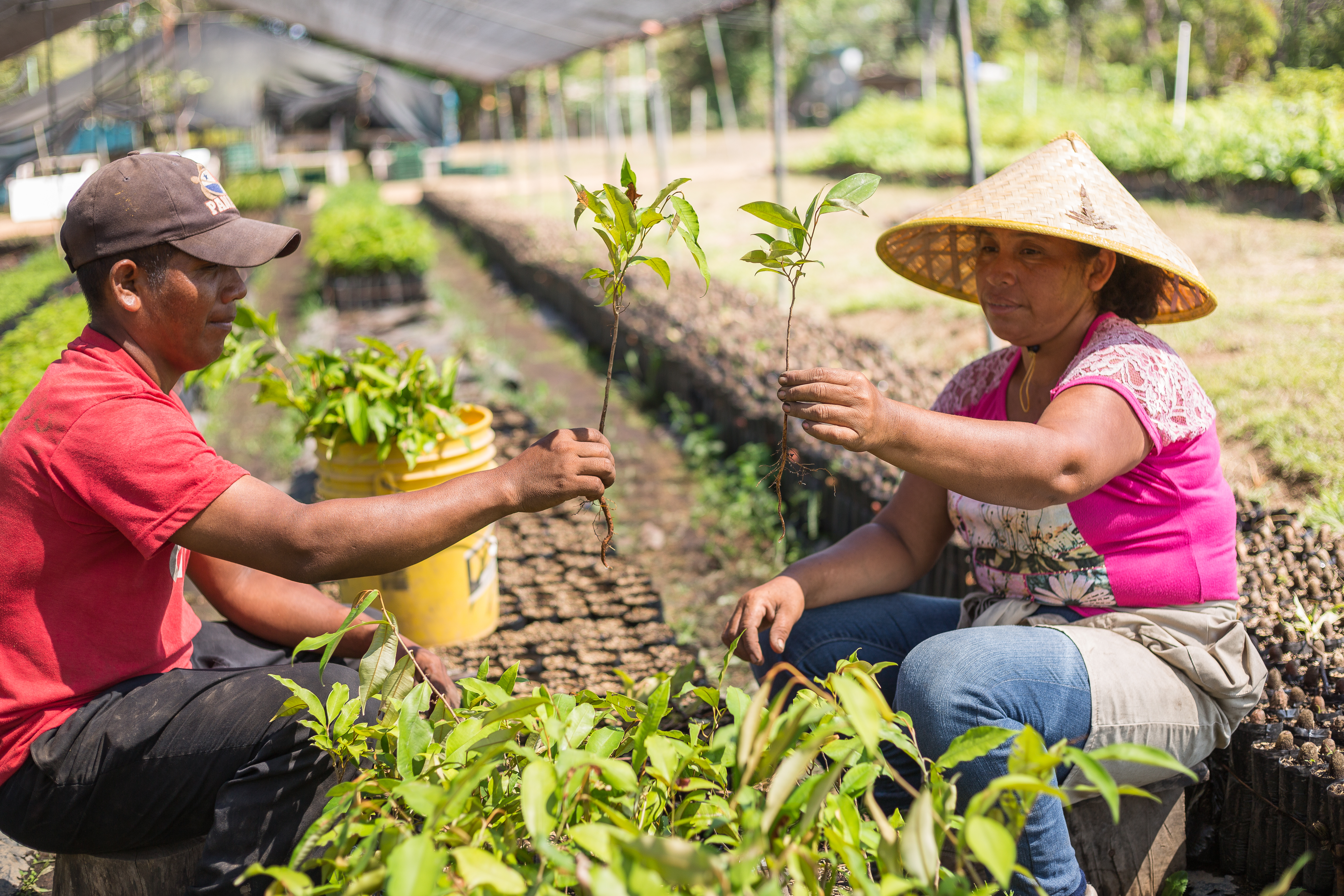
Verified Carbon Removal – Backed by Three Decades of Data
Over its 30-year crediting period under the Gold Standard for the Global Goals, Tropical Mix has removed a total of 3.38 million tonnes of CO₂ from the atmosphere — equivalent to an average of 112,640 tCO₂e per year.
This volume was achieved through a mix of reforestation, afforestation, and improved land management across more than 13,000 hectares. The approach was based on one guiding principle: climate mitigation must go hand in hand with ecological resilience. Instead of monocultures or short-term plantations, the project developed diverse, climate-adapted forest systems using predominantly native species.
As climate extremes in Panama have intensified over the past decades — with longer droughts and stronger floods — these forests now serve as important buffers, stabilizing soils, reducing erosion, and absorbing more water. Their long-term value lies not only in their carbon storage, but in their ability to withstand a changing climate.
And while 2025 marks the end of the project’s carbon crediting period, the forests are still growing — and so is their impact.
A Living Habitat: Biodiversity Returns at Scale
One of the most compelling outcomes documented in the 2025 report is the scale of biodiversity recovery. Tropical Mix was always designed as more than a carbon project — it was structured to reweave Panama’s fragmented ecological corridors, especially in biodiversity-rich yet threatened areas such as Darién, Chiriquí and Bocas del Toro.
Today, over 220 bird species have been recorded within the project area, including migratory and threatened species. More than 20 endangered mammals and amphibians have returned — among them the jaguarundi, ocelot, white-faced capuchin, and green-and-black poison dart frog.
This recovery is no coincidence. The project’s landscape approach, which integrates protected zones, mixed-species planting, and natural regeneration, has created the kind of forest complexity needed for native fauna to thrive. Over 25% of the area is under strict conservation, ensuring that restored habitats remain undisturbed.
Regular biodiversity monitoring, conducted in collaboration with universities and local experts, continues to guide and verify the project’s ecological outcomes — making Tropical Mix one of the most data-rich reforestation initiatives in the region.
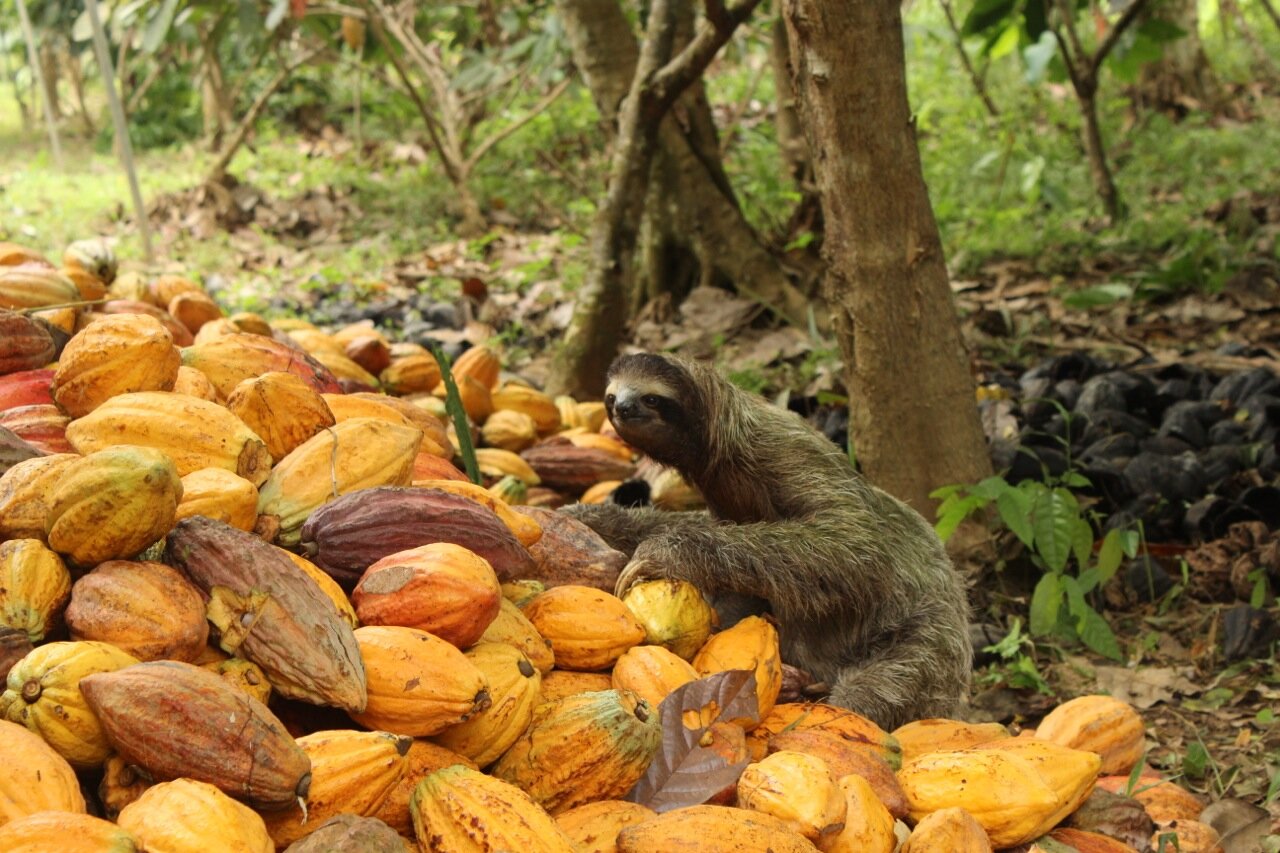
Empowering Communities Through Reforestation
From the beginning, Tropical Mix was designed to include — not displace — the people living in and around the project area. The 2025 Impact Report highlights how this approach translated into meaningful, long-term social benefits.
More than 150 people are permanently employed by the project, most of them from rural communities with limited access to formal employment. Workers receive contracts, training, health insurance, and job stability — an uncommon combination in remote areas. Around 10% of the workforce comes from Indigenous communities, and women have taken on visible leadership roles, particularly in production and project coordination.
Beyond direct employment, the project creates indirect benefits for over 1,000 residents. These range from infrastructure improvements and solar-powered school upgrades to training in sustainable land use and agroforestry. For many families, these ripple effects have improved long-term prospects and reduced the need to migrate to urban areas.
Unlike short-term offset initiatives, Tropical Mix embeds its impact into local economies — building capacities that last beyond the project’s crediting cycle.
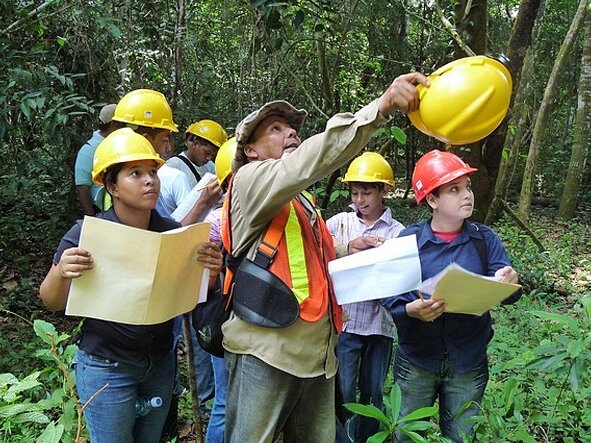
A Circular Cocoa System Rooted in Climate Action
One of the most innovative components of the project is its organic cocoa agroforestry system — a model that combines sustainable agriculture with long-term forest health and carbon removal.
Across 156 hectares, the project manages more than 173,000 cocoa trees, interplanted with shade-providing native species. This system produces an annual yield of 34 tonnes of certified organic cocoa and removes an estimated 2,050 tonnes of CO₂ per year. But beyond productivity and mitigation, the system supports soil health, income diversification, and job creation — particularly for women in rural communities.
The cocoa production system is circular by design: organic waste is converted into biochar and compost, enriching the soil and reducing dependence on external inputs. This creates a closed-loop approach that is both environmentally and economically resilient.
The success of this system, as highlighted in the 2025 report, is a powerful example of how nature-based solutions can go beyond planting trees — supporting value chains that align climate, biodiversity, and livelihood goals.
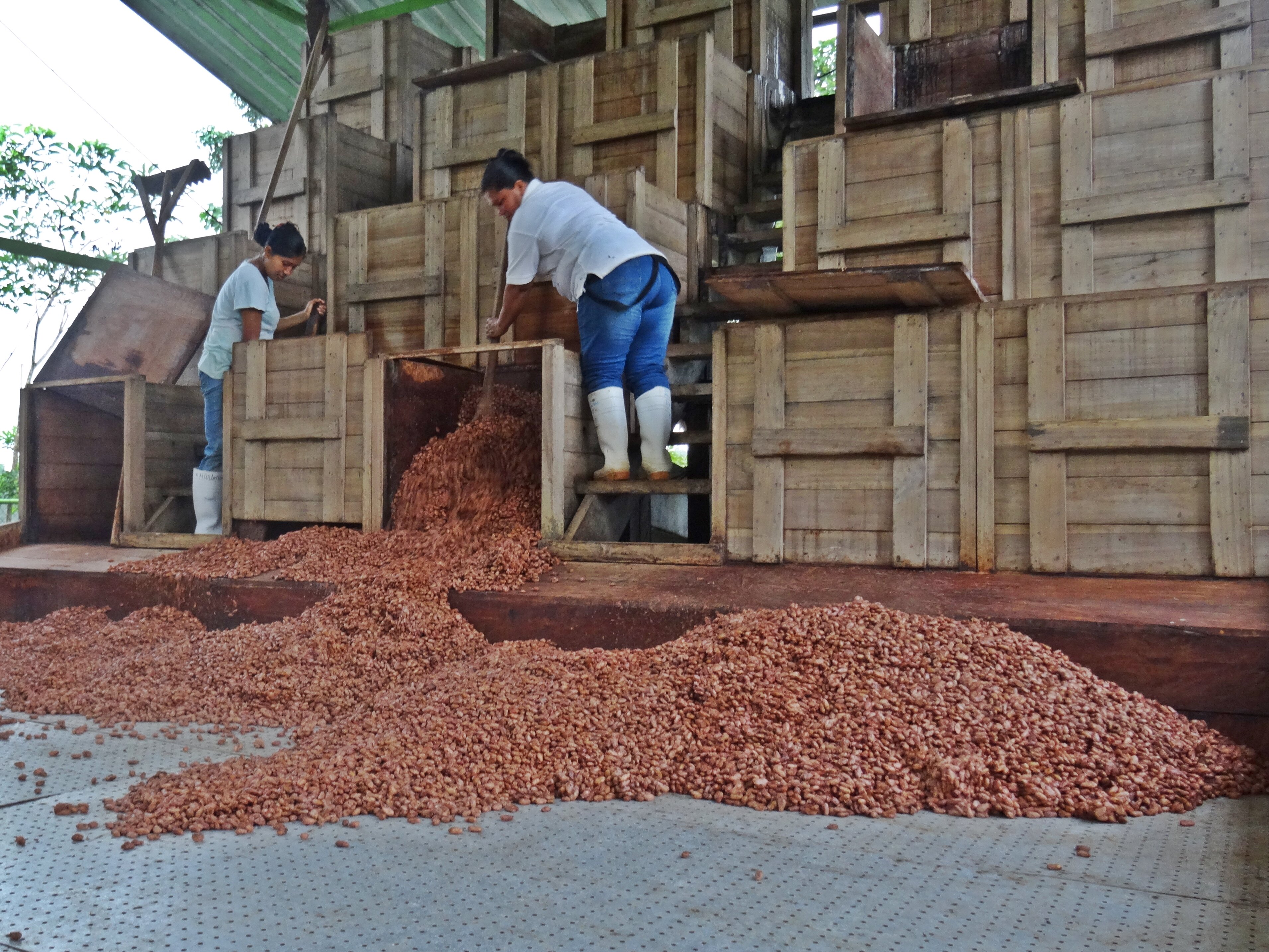
Looking Ahead: Life After Credit Issuance
With the Gold Standard crediting period ending in 2025, Tropical Mix enters a new phase. While no further credits will be issued, the project remains active — continuing forest management, cocoa production, biodiversity monitoring, and community engagement.
Its operational model now relies on sustainable revenue streams such as cocoa sales and timber from responsibly managed plots, alongside long-term partnerships with academic and institutional partners. Certification under FSC and EU Organic standards remains in place and is regularly audited.
This transition is not a winding down — it is a shift toward maturity. The forests will continue to grow, store carbon, and host biodiversity. The people behind them will continue to manage and protect them. And FORLIANCE will continue to share insights, best practices, and transparent data with project partners and the wider climate community.
A Project with Proven, Lasting Impact
The Tropical Mix 2025 Impact Report reinforces what high-integrity, long-term carbon projects can achieve — not only for the climate, but for the landscapes and communities they operate in.
While the final credits are now being issued, the value of the project continues. For companies seeking to align their climate strategies with real, lasting change, this is more than a legacy project. It is proof that nature-based solutions, when done right, can regenerate ecosystems, empower people, and deliver measurable climate outcomes.
Interested in securing remaining credits or learning more about Tropical Mix’s long-term approach?
Reach out to our team to receive the full impact report or explore partnership opportunities.
Detailed Impact Reports are available on all of our projects upon request. Let’s get in touch.

